€110.00 – €1,647.00
Onycha Shells in 33 Year Aged Mysore Sandalwood (Attar)
Adam Michael has this to say “What we have here is somewhat rare, solely due to the age of the Mysore sandalwood that has been used, in this instance a batch that was produced in 1990, so 33 years aged sandalwood at the time of writing (22/4/23). And the estimate for the logs used is 80 – 90 years based on growing area, meaning the Mysore Sandalwood used would have started life around the very early 1900’s.
Technically I am still on the fence here as to whether we can class this as a co-distilled material – I think yes, but to be on the safe side this will be classed as an attar.
Aromatically this attar has beast mode output and I strongly encourage you to apply to strip first if you want to evaluate neat.
The opening notes neat via strip are fire warmth glorious, roasted seashells, Tuscan leather, mosses, sea air, wet gravel, fresh clay, something sweet nutty, a palatable cade/birch/nagarmotha infusion that makes my heart sing, deer musk grains, and all dancing with the most heavily aged yummy creamy buttery sandalwood nuances I have personally ever experienced to date.
I would add as well that within this profile on strip I also detect tobacco qualities, hydro costus root, burning incense, and that of cold ash albeit without making you cough and splutter – even if you evaluate neat on the strip. The core of this scent is roasted seashells themed all the way and when you inhale deeply you get that hit of thirty-three-year aged sandalwood buttery-ness bliss in the back. The sandalwood always being detectable throughout development and regardless of being neat or diluted. The dry-down on strip after about a week is creamy nutty woody and roasted seashells.
As for the process to produce this, first the shells are thoroughly washed under water then sun dried. Next, the shells are baked with sand and the power source is fire. After baking the shells and once they have cooled, they are crushed into smaller pieces.
The crushed shells (in this instance Sita shells only – best quality) are placed inside a mud clay vessel. The lid is put back on and sealed up with mud clay. This vessel has an additional hole. We take a hose/tube, connect one end to the vessel and the other end to a bottle with sandalwood inside. Each end of this hose/tube is also sealed with mud clay! And the sandalwood bottle is submerged in water to keep the bottle cool throughout the process that follows – with exception to the attachment piece and hose/tube.
Now the mud clay vessel is fired up for between 4 to 6 hours (temperature controlled) and the aroma of the onycha shells passes through the hose and into the sandalwood oil.
Once the process is complete, and the bottle is cool enough to handle, the hose/tube is removed, and the bottle is sealed up. The final act here sees any onycha particles removed from the material and then its ready for sale.
Extremely limited quantity available, best appreciated heavily diluted and a highly recommended aromatic experience.”










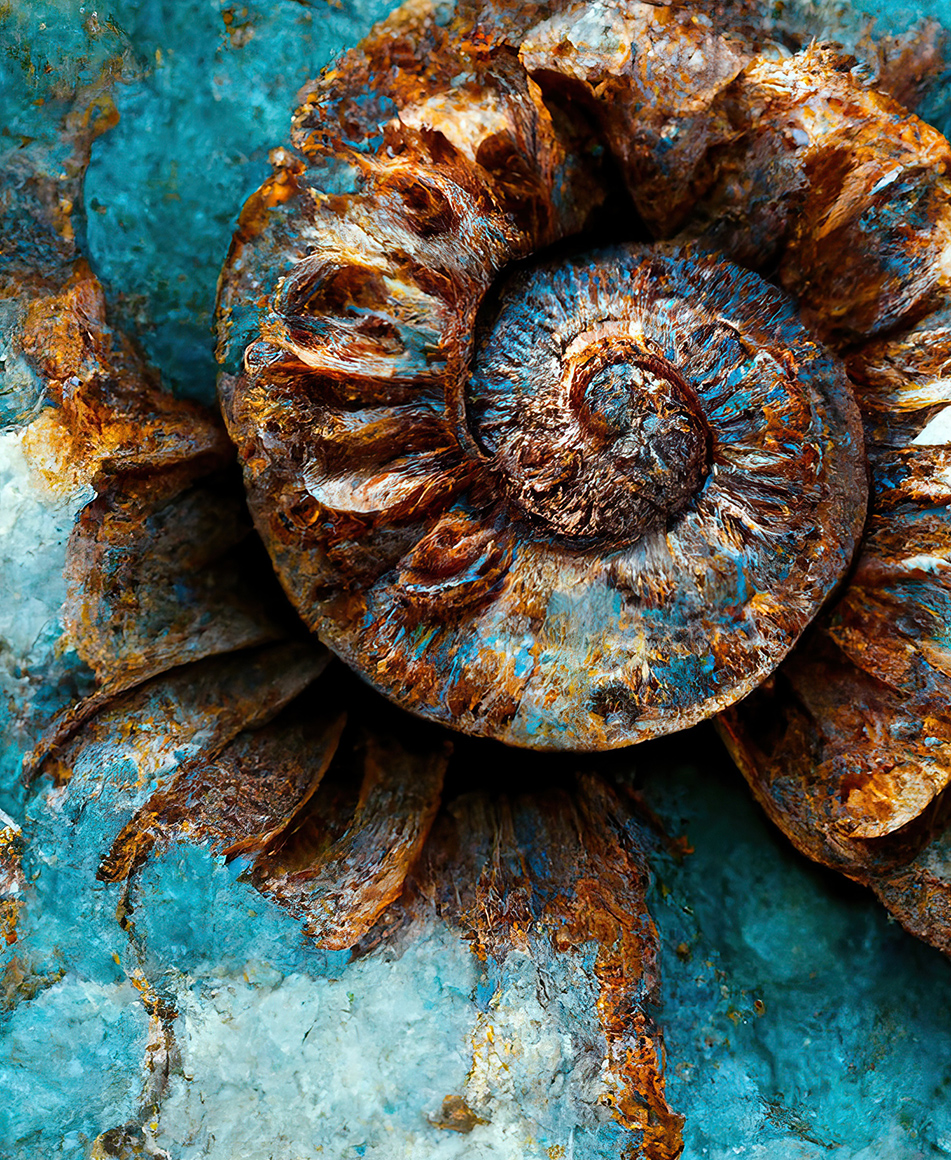
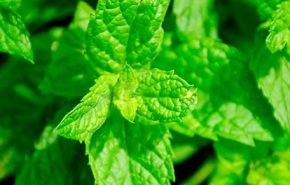
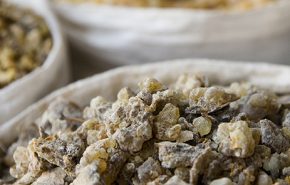
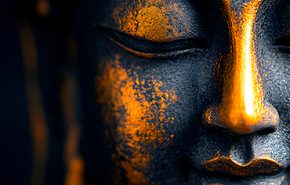
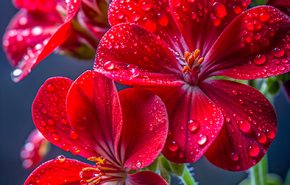
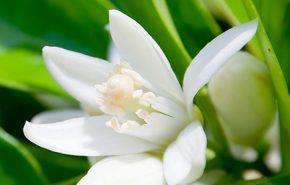

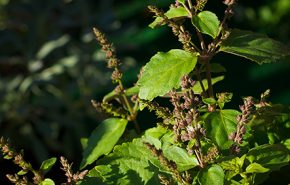
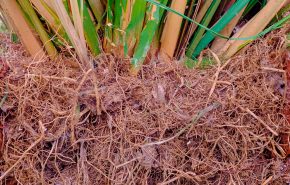
Kai Leon Art Parfumeur (verified owner) –
While using this aromatic marvel (specifically, this glorious batch from Hermitage) for years, I was really hesitant to leave any review – out of purely egoistical reason – this ‘Secret Ingredient’ must be kept away from the common crowds and protected from being used-up – by its relative obscurity.
Well, in all honesty, it is astonishing – mightily intense, extra powerful, exceedingly radiant, unbelievably impactful, ultra tenacious, uniquely beautiful, inimitable and incomparable, one of a kind in the entire aromatic Spectrum.
It smells to me as a moment on a hot and humid summer midday at a secluded rocky Mediterranean beach, laying down after a swim on pebbles covered with dried up sediment of sea waters – a blast of maritime-solar salty-iodine bitter-mineralic, scorching-hot yet breathy-light azure enchantment, thrilling and relieved repose in holidays’ paradise where See meets Mountains.
Shall I remove my revealing review – still to keep it ‘secret’ so I can have more of it all for myself? 🙂
Due to its superb intensity in all fragrant aspects, very little goes very long way. This attar is amazing even in traces in combinations with Ambergris, Marine-themed Ouds (first time it was in combination with the ‘Hermitage Thai Empress’ and ‘Black Prachin’ Ouds), Pines, Firs and Cedars, Katrafay and Patchouli, Roses, Frankincense, ‘Leather’ and anything in-between.